Replanting orchids during flowering

The most beautiful, but at the same time capricious flower, is the orchid. When purchased, the plant fascinates with its flowering. Orchid transplantation is carried out based on the condition of the root system. In stores, flowers are sprayed with special flowering stimulants. If the roots of the plant look wrinkled and pale, then you should definitely replant the flower.
Content:
- Features of orchid transplantation during flowering
- How to feed and nourish an orchid
- Basic rules for plant care
Features of orchid transplantation during flowering
The orchid has a long flowering period, so you don’t have to wait for the plant to bloom before replanting. This will not affect the quality of flowering or possible bud drop. Transfer at home it is quite possible, you should know some nuances.
In order for the soil to move away from the walls of the pot, you need to gently tap the walls of all the dishes. If the orchid is in a clay pot, you can use a small hammer. Next, carefully remove the plant along with the substrate. If the roots have grown to the clay, you should separate them from the pot using a wooden spatula. Carefully break the pot and leave the particles clay on the roots.
To separate the old substrate from the plant, you need to place the roots in water at room temperature or rinse with water. Trim rotten roots. Apply lotions with brilliant green in place of the cuts.
To prepare a new substrate you will need pieces of bark.They should be boiled for 20 minutes. Then cool, dry and chop. The substrate can be soaked for several hours in a special solution for orchid fertilizers.
An orchid pot must be selected with holes and the size taken into account. Pour crushed stone and prepared pieces of bark into the bottom of the pot. Sometimes leaves, washed sand, and charcoal are used.
Carefully place the plant in the pot, grasping the thick part of the trunk. After this, add the remaining substrate to the pot until it reaches the middle. There is no need to compact it too much; it is enough to strengthen the orchid so that it does not wobble. Use bark or pieces of brick on top as drainage.
Ultimately, the soil should be loose and covered with bark throughout the entire volume. For even distribution pine bark you can use a wooden stick. Due to the branched part of the roots, some parts of it will be on the surface.
There is no need to water the plant after transplanting. It is enough to spray the plant and place it in a lighted place. If all requirements are met, the blooming orchid will survive the replanting process without consequences.
How to feed and nourish an orchid 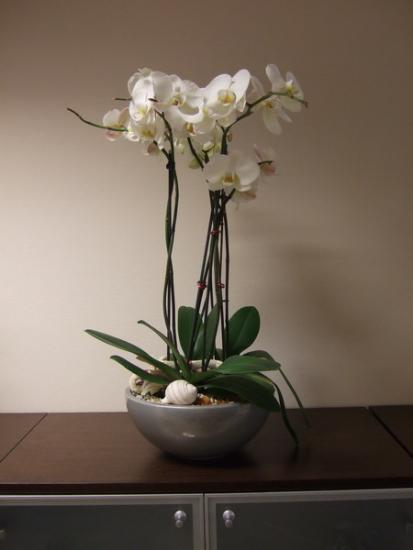
It is necessary to feed the plant during the period of active growth. To do this, use special fertilizers intended specifically for orchids. If such a remedy is difficult to find, then you can get by with mineral fertilizers for indoor plants, only the dose is taken 2 times less.
Feeding should be done once every 2-3 weeks. Transplanted, diseased or flowering plants do not require fertilizing. This can cause the buds and open flowers to die off.
You can feed the plants at the same time as watering.Pour settled water into a small bucket and place the pot with the orchid. As soon as the roots absorb water, add a nutrient solution according to the dosage. The residence time in the solution is about 10-20 minutes. If fertilize the plant immediately, without soaking the roots, they can be burned. As a result, the roots will begin to die.
Watering can be done from above onto the substrate. For this, a special watering can is used. Some alternate watering with plain water and fertilizers. In autumn or winter, fertilizing should be reduced to a minimum, and repeated again in the spring.
Orchids love high humidity. To achieve optimal humidity for an orchid, you should follow some rules. The gravel in the tray must be regularly moistened. You can build a glass or plastic partition near the window and use air humidifiers. It is useful to place a container of water next to the orchid.
Basic rules for plant care 
The orchid can be placed on the window, at the back of the room. In this case, be sure to illuminate with a white light lamp or phytolamp. In autumn it is important to provide additional light to the plant. The air temperature at which there must be an orchid, should be 20-25 degrees, in winter at least 16 degrees.
If the orchid does not have enough light, it will not bloom. Sudden changes in room temperature should be avoided. You need to spray the plant regularly, while trying not to get it on the flowers. Water can cause brown spots to appear, leading to rapid flower drop.
Yellowed leaves at the roots are considered normal. They are the oldest, so they are the first to die off. If the upper leaves become dry and limp, then the substrate was very waterlogged or overdried.This is also influenced by factors such as hypothermia and freezing.
To remove excess salts, the soil must be washed once a month under running warm water. If the plant is damaged by pests, the following drugs will help get rid of them:
- Fitoverm
- Aktara
- Agravertin et al.
Once a month, the orchid leaves should be wiped from dust. Moisten a napkin in the Insecticide solution and gently wipe the plant. If treat leaves with this solution, this will avoid the appearance of scale insects and will also protect the leaves from yellowing.
After flowering, orchids require special care. Yellowed buds must be trimmed. Sometimes after this flowering repeats. The most important thing is to choose the right moment for pruning.
The plant also needs to rest. Therefore, watering should be reduced, and in winter the roots should be slightly dried out. In order for this beautiful exotic plant to bloom, you need to make efforts to create favorable conditions.
Video about how to properly replant a blooming orchid.
Interesting information about the vegetable garden


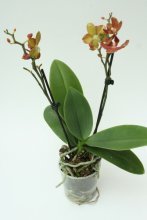
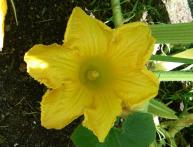
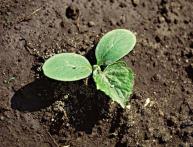
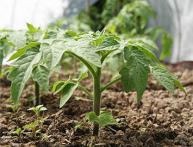
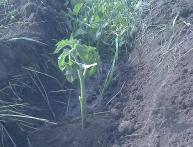
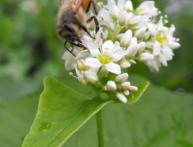


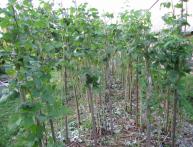
Comments
I wonder how wiping phalaenopsis leaves with an insecticidal solution will protect them from yellowing? What does it mean to choose the right moment for pruning? After the faded flowers fall off, you need to look at the top of the peduncle. If it has dried out, then the part of the peduncle on which there were flowers should be cut off and the cut should be sprinkled with cinnamon. On the remaining part of the peduncle, buds, flower branches or children may form from dormant buds.